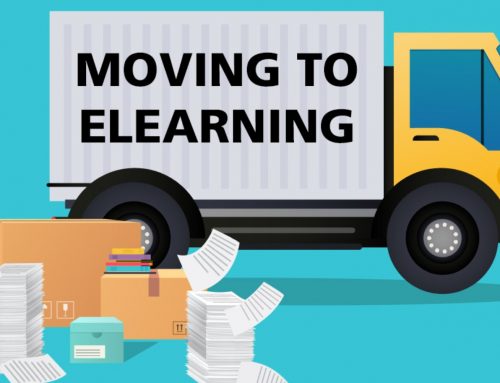 When defining the best solution to any project, one step within the discovery process is the creation and use of personas. User personas are fictitious characters who represent unique groups of users. We use personas to understand how different groups of users will use a website and application. By focusing on how a persona interacts with a website, navigates to content and through content, understands and retains the content, we can begin to understand the different user experiences that occur. These user experiences must fulfill the goals, objectives, and needs. This step can also help determine new goals, objectives, and needs as well as limitations users may have.
When defining the best solution to any project, one step within the discovery process is the creation and use of personas. User personas are fictitious characters who represent unique groups of users. We use personas to understand how different groups of users will use a website and application. By focusing on how a persona interacts with a website, navigates to content and through content, understands and retains the content, we can begin to understand the different user experiences that occur. These user experiences must fulfill the goals, objectives, and needs. This step can also help determine new goals, objectives, and needs as well as limitations users may have.
It is a good practice to find two or three user personas and one or two administrative personas. But each opportunity is unique and can derive any number of unique persona. First we must understand the different user personas. To do this we must understand the audience(s). This can be done by talking with our clients, their audiences, defining surveys, focus groups, looking at demographics, and general research. A lot of specific information can arise such as (to name a few):
- How much time do they have to use the application? What if they only have bursts of 10 minutes every couple hours? What if they only have mornings or evenings? We create a lot of training applications and there are always a group of people who log in and run through the training application at the last second.
- What behavior patterns do they have? Are there certain icons or work flows that are the norm? What skill levels do they have? What other applications do they use?
- What limitations do they have? Are they often on laptops in hotel rooms? Do they not have access to the Internet or a CD-ROM drive? Do they not have access to a mouse or keyboard? What security measures are in place? How fast is their internet?
- What end goals will each persona have? Do they need to be lead to purchase classes or products? In an online training course, does the audience need to learn and be assessed on fundamentals prior to going to a live course? Do they need to use a configurator to narrow down which car or motorcycle is the best choice based on each user?
Once the information is gathered, users can be grouped into personas. Depending on the project, there may be one or two (or ten) administrative personas that can be defined. Administrators may need to update a blog, product information, create or edit user information, or review reports and other metrics. Some administrators may be site users. It is important to understand how everyone will use the application and create an experience that works for all of them together.
We at Illumen work up a one or two page description of the personas and can create a work flow infographic to better tell the story. Aside from strengthening the user experience, personas can be used to understand metrics within a site.
Once we understand the personas, we can use them to define the best experience by brainstorming how they would walk through a site. We can place wireframe or mockup designs on the board and imagine how, based on the personas’ description, how they would meet their goals. Issues can arise. Are they getting enough of a foundation before completing an assessment or challenge? How difficult is it to find information on the site? These questions can be solved before development begins saving production and rework time and increasing the ROI. These same personas can be used during production and at the end of production to test the experience.
By focusing on user personas, we can create better solutions that are better tailored to the audience. This will increase usability, help with their ability to understand and retain information, and provide measurable results.
Continued Learning:
For further information on personas, check out the book The Inmates are Running the Asylum by Alan Cooper.





